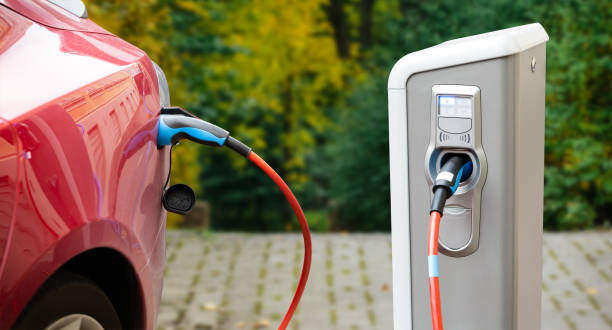More EV Chargers Needed for U.S. Government Fleets
Read Time 1 mins | April 27, 2022 | Written by: Julia Segal

According to testimony from the Government Accountability Office (GAO) on Tuesday, April 5th, the U.S. government may need more than 100,000 electric vehicle charging stations to support widespread EV adoption in the next decade. Currently, the U.S. government owns about 1,100 stations. The executive order President Biden signed in December would see that the government end purchases of gas-powered vehicles by 2035.
Biden’s executive order calls for light-duty vehicles acquired by the government to be emission free by 2027. This includes plug-in hybrid EVs with gasoline-powered engines.
The GAO’s testimony covered the U.S. Postal Service’s efforts to transition its fleet to EVs and issues with federal fleet transition. USPS is not covered by Biden’s executive order and the House Oversight and Reform Committee is holding a hearing on their plan to buy mostly gas-powered next-generation delivery vehicles.
The costs and installation of charging infrastructure for acquiring EVs for federal fleets are key challenges here, according to GAO. The General Services Administration (GSA) reported that federal agencies have ordered an additional 1,854 zero-emission vehicles since its last report – the U.S. government typically purchases about 50,000 annually. Currently, the federal fleet has about 657,000 cars, SUVs, and trucks and less than 1% are electric.
We’re seeing a common challenge for acquiring EV chargers across the board – charging infrastructure costs and installation. There are more than 150,000 gas stations across the U.S., but the number of electric vehicle charging stations is a mere fraction of this number. The White House has tall goals to field a fleet of zero-emission cars and in order to achieve this mission and support their EV rollout, charging infrastructure cannot be put on the back burner.
